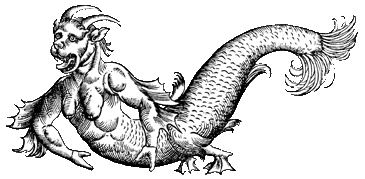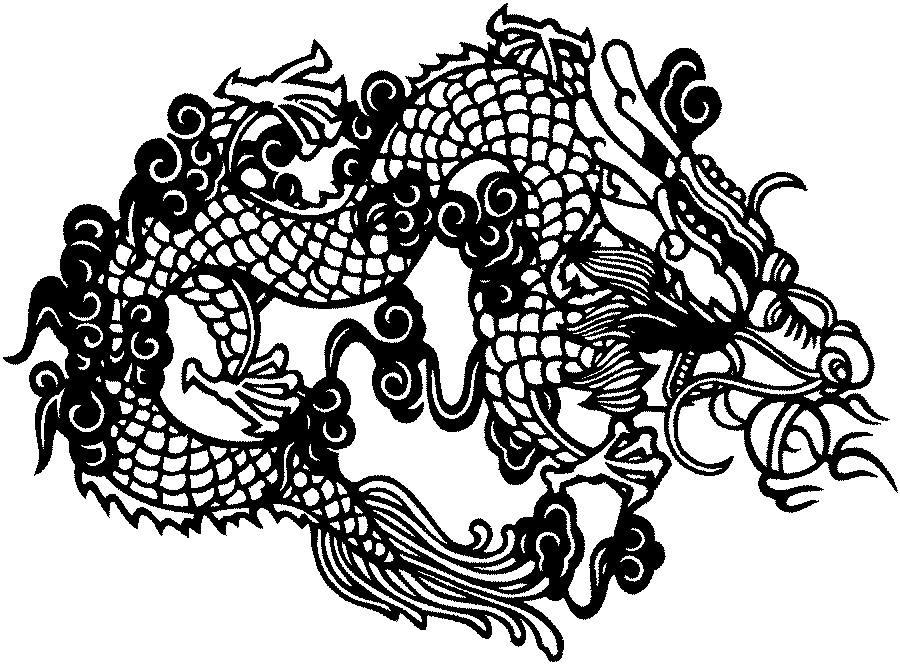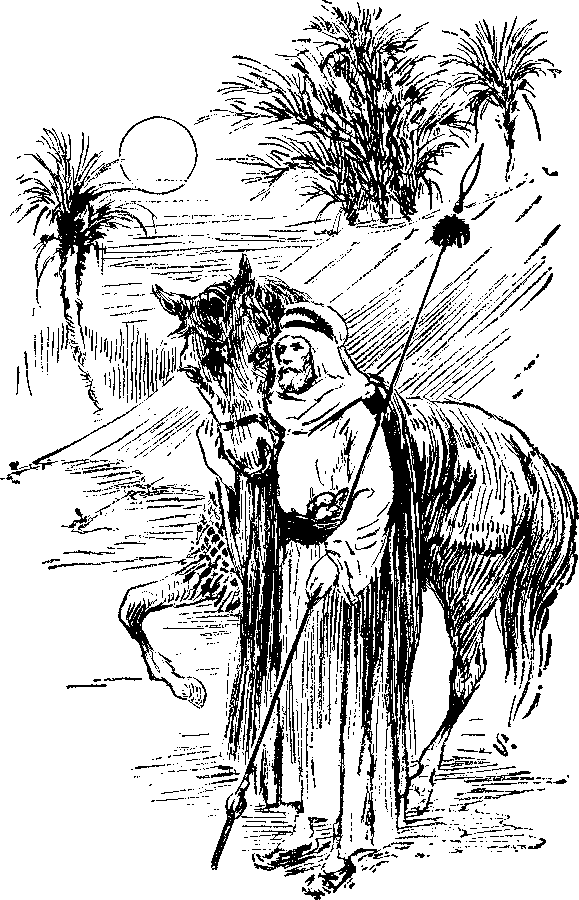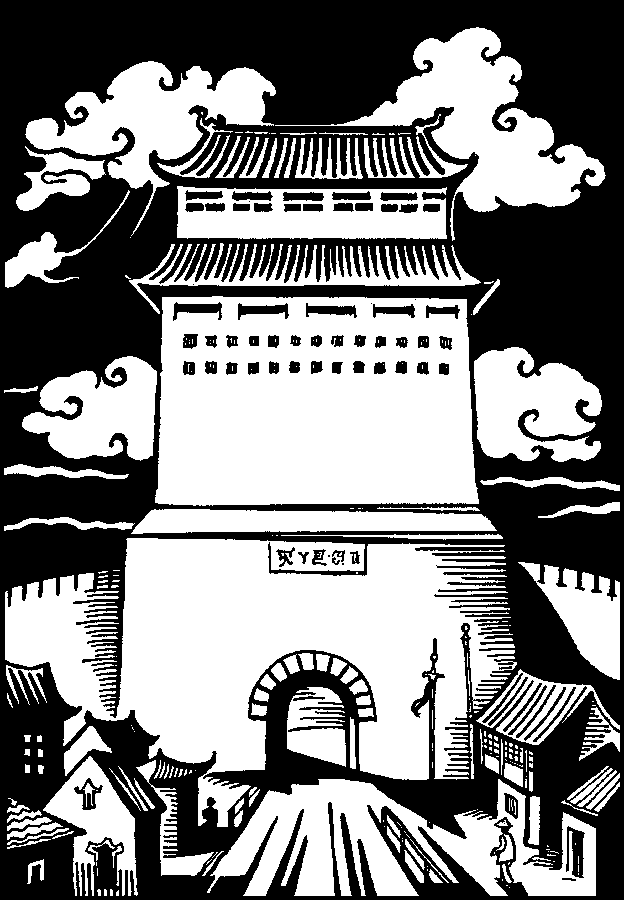
Keith Nellist
Part 5: Players' Guide
Not much happens in Round 1. I decided that instead of defining start locations and having players spend time before the game setting up their units, the first round could be used to decide where their various Hsunchen started. This may seem like it lacks any decisions, but players need to know what is going to happen in the future so that they can manoeuvre their nations into advantageous areas. They should be aware of the turn order, for example and that Player 2 controls both Pig People and Boshan so that come round 3, for example the Pig People can vacate an area leaving room for Boshan units to move in. Similarly, Teshnans follow Elephant People, Hum Chang follow Sheep People, Shiyang follow Woodpecker People and Vaska Long follow Jungle Hen People. The deliberate implication here is that the civilised People descended from, or at least mixed with the Beast People as is taught in the “Beasts of Kerandaruth” story during the reign of HeenMaroun, so in my Glorantha the Boshan people are, partly at least, descended from Pig People and retain some Piggish characteristics. The beautiful women from the Northern provinces get their beauty from their Woodpecker ancestors. I did consider some sort of start up where the various beast nations emanated from the Mountain of Light Animals and the Mountain of Dark Animals, but felt that this was putting too much emphasis on geographical locations at this stage in mythology. It should be noted that Seal People, with no coastal areas, gain no population increase. Turtle people, with no islands, also gain no population increase roll.

There are some scoring opportunities in Round 1. The Tiger People score for killing, but only Non Hsunchen, of which there are none at this stage. Eagle people can kill Sheep or Deer people for victory points. These are, by design, all controlled by the same player. Turtle, Night Bat and Leopard people score for raiding, so may do some damage.
Round 2 sees the appearance of the Dragon People: Boshan, Hum Chang, Shiyang, Vaska Long. Then, at the end of the round, the Ignorants arrive from the North West. A lot of player choices will be determined by which nations get the best population increase rolls.
The Ignorants have an unusual scoring method in that they score for any units removed by overpopulation. There are new units appearing in round 2, 3, 4, which will probably be limited by the number of counters available. The player should be careful not to give away too many points to dominating Dozaki (trolls) who appear from the North.
The Glory of the Black Sun was a battle I wanted to feature and is represented in Round 4 (Emperor Shavaya) by the appearance of Sekeveran demons and a Dozaki Invasion. The turn order – Sekeverans, Undead, then Dozaki, gives the Dozaki the best chance of killing a lot of Sekeverans, in the northern part of the board at least.
Round 4 scoring, at the end of the Round gives a small reward for the jostling for position that should have occurred between the Dragon and Beast Peoples. Their objective should have been to run away from nasty monsters like the Sekeverans, Dozaki, Undead and Ignorants to maximise their populations for this round.
Round 5 should end with a dismal period for humanity, as Sekeverans, then Undead go on the rampage. This continues in Round 6 with attacks on Sekeverans justified by the objective of gaining specific scoring areas (the Provinces) and the fact that a sensible Sekeveran in an area where it will be eliminated anyway by Daruda may as well flee.
Round 7 represents the various problems that Thalurzni battled with by lots if Invasion rounds which tend to cause more reductions in the number of units on the board. This also gives players a chance to move their units away from the soon to be created mountains that Thalurzni creates and that become the home of Wind Children.
Round 8 is the reign of Mikaday, the Watcher of the Populace who seems like a good Emperor to have presiding over a scoring round, rewarding those peaceful and prosperous people who live how and where they should according to Mikaday's laws. There is room for some conflict between the Dragon People as they all have areas that more than one nation can get points for:
Boshan and Vaska Long over Suam Chow and Iron Forts.
Boshan and Hum Chang over Gnow Chang Hia, and Wanzow.
Vaska Long and Shiyang over Fuknama, Kuchawn and Hanjan.
Round 9 represents the first part of Vayobi’s reign, the return of Sekever.
 Round 10 features the return of Vayobi after his meditations with the Blue Dragon of the Deep and the first appearance of the unique War Dragon feature of this game where players control units that are not their own. I wanted to reflect the fact that Kralorela should have a powerful military when it is mobilised but at the same time make it an obviously distasteful feature of life for all involved tending to corrupt those involved in it, causing all sorts of bad things and upsetting the peaceful plans of good citizens. The Army (the War Dragon) is thus powerful, dangerous, and only partially controlled.
Round 10 features the return of Vayobi after his meditations with the Blue Dragon of the Deep and the first appearance of the unique War Dragon feature of this game where players control units that are not their own. I wanted to reflect the fact that Kralorela should have a powerful military when it is mobilised but at the same time make it an obviously distasteful feature of life for all involved tending to corrupt those involved in it, causing all sorts of bad things and upsetting the peaceful plans of good citizens. The Army (the War Dragon) is thus powerful, dangerous, and only partially controlled.
Apart from tingling the tongue, I don’t know much of what Vashanti achieved, or what happened in his reign, so another good chance for a peaceful scoring round.
The Dawn brings the Yanoor to the throne. The Battle of Warring ford represents the Dozaki invasion. Their last action before the Curse of Kin reduces their maximum numbers from 10 to 6. I dearly wanted to include Mostali here, but decided that this was their only historical action in Kralorela and that they could be assumed to be a subset of the Dozaki, as part of the Elder Races. We see the first appearance of Pentans, driven from Peloria by the Dara Happans, and Praxians exploring the wastelands of Genert’s Garden.
I didn’t have any specific actions resulting from the Sunstop but after it we have some military manoeuvres of the War Dragon, the appearance of Aldryami awakened to be more active in the affairs of the world by Errinoru.
Round 14 features the Immanent Masters, representing both godlearner adventurists and local converts to the new path of Immanent Mastery. They can rule any other units so Boshan are a good target for rule but at this stage there should be some population pressures in most of the coastal regions and thus potential Army of Every Death rebels created by the rule of the Masters. This was a difficult one. I wanted to have some sort of mechanic that represented how much the Immanent Masters oppressed or misruled the populace being represented by the size of the rebel force that rose up to fight them. At the end of round 15 they score for any ruled units so they should be trying to rule as many as possible.
Both Round 14 and 15 represent Shang Hsa’s rule. The Awakening Shudder ending his reign happens in Round 16. The widespread earthquakes, typhoons, fires and storms are controlled by different players so everyone should suffer. The widespread destruction of people in round 15 should give some space for hidden Hsunchen people to re-appear from hiding.
Round 17 features more fighting, with the War Dragon thrashing around.
Round 18 should be more peaceful but with more Hsunchen peoples emerging from hiding.
 Round 19 is the start of big movements in Pent and Prax. Pentans score once for each area conquered so they need to move fast to each empty area and leave behind empty spaces. Player 2 should be using his forces to help achieve this goal. They can even conquer sea spaces representing their invasion of Vormain.
Round 19 is the start of big movements in Pent and Prax. Pentans score once for each area conquered so they need to move fast to each empty area and leave behind empty spaces. Player 2 should be using his forces to help achieve this goal. They can even conquer sea spaces representing their invasion of Vormain.
Round 20 is the height of the Seleran Empire when it includes all manner of beast peoples invading all sorts of areas in the East. Although they move around and are motivated by the Great Glory of Revenge on civilised people, the reign of nomads and beast peoples should burn itself out by the end of Round 21, which also heralds a new force from the West, a Moon Empire of western Chestelo, similar to the Dara Happan Empire before them.
Round 22 is the future, the start of the Hero Wars in Kralorelan with an invasion of Moon People, and Invasion of Ignorants ruled by Can Shu, and, of course, a final scoring round.
Splitting the nations into 4 groups is a difficult balancing act with conflicting ideas such as equal game time for each player, equal player influence or at least interest at different stages of the game, some sort of thematic unity to each player, and some sort of tactical benefit to the different nations working together. One important factor was to make sure nations that should be enemies were controlled by different players. Initially I wanted to make each player in some way representative of one of the four vices of Kralori culture, but this proved to be too difficult.
Here is the thinking:
Player 1 controls Shiyang, the Northern provinces, so to balance this I also gave them the Teshnans in the south. The Teshnans were friendly to the Tree Elves of Fethlon so they joined the group. The Teshnans may have descended from Elephant people so these were one of the Hsunchen groups. Similarly with Woodpecker people and Shiyang. The Yak People and Undead were fitted in later as a representative in the mountains and as one of the evil races respectively. The historical event group is the Army of Every Death, coming into play in the later stages of the game.Player 2 controls the Boshan, in the southern region, and their related Pig people. They also have the Tiger and Leopard people in the mountains. Player 2 has two historical event nations. The first is the Immanent Masters. The second is the Pentan invasion of Sheng Seleris. The Seleran Empire also included various Hsunchen peoples so the Tiger and Leopard people are a good choice for violent beast people. The Pentans and Boshan were allied for a while too so Player 2 is quite unified.
Player 3 is a mixed bag. They control the evil Sekeveran demons who hate everyone, the Pentan-hating Eagle People, the friendly Deer People who like everyone to live in harmony, the mountainous Sheep People. In the south they have the Night Bat People and the Bamboo elves. In the north, the Ignorants live in squalor.
Player 4 has a tough job but some advantages. The sea dwelling Zabdamar can cause constant problems to coastal areas. Player 3 should control the central area with the most populous Vaska Long people. They have a large influence in the north early on with the Dozaki, and the Praxians come in later in the south.






